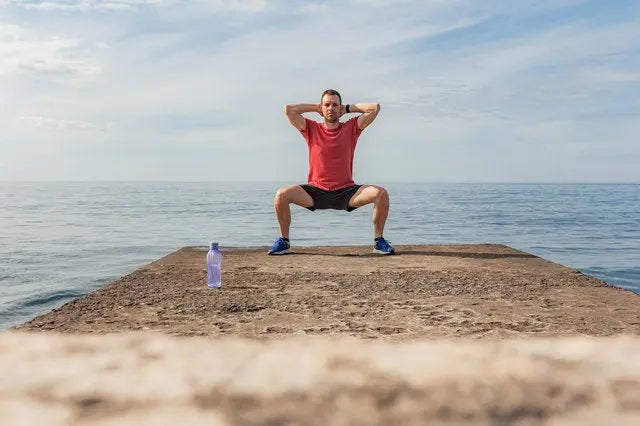Maybe you chose the swift, graceful gazelle. Or perhaps the speedy cheetah with its explosive strides. Chances are you didn't pick the platypus — the odd-looking otter-type creature with a duck-like bill and short, stubby limbs.
Sure, the move may look a little funny, but this wide-legged waddle seriously builds your leg and glute muscles while stretching your hips. Plus, it's low impact (read: kind to your joints and safe for most people), requires no equipment and takes up very little space (meaning you can do them just about anywhere).
If you're ready to get stronger with every step and are looking for a legit lower-body burn, add platypus walks to your workout plan, ASAP.
"The glutes are activated when the hips externally rotate, knees are laterally rotated and the pelvis is rotated backward [anterior pelvic rotation] — all of which are incorporated when performing the platypus walk," Lewis says.
During platypus walks, you remain in a squatted stance the whole time. Translation: Your thighs never get a break. "The prolonged squatting position puts the quadriceps under tension for an extended period, resulting in hypertrophy," Lewis says. In other words, the time under tension helps you build strong leg muscles.
Once again, the secret to the platypus walk's power is its wide, waddle-like stance. With your knees and feet turned outward, the move requires an exaggerated external rotation of the hips. This external hip rotation helps adequately lengthen and stretch the muscle fibers attached to the iliac crest — i.e., the hip bone — Lewis says.
While platypus walks are low impact, they can still be high intensity — especially if you move fast. Putting some pep in your platypus step will definitely get your heart rate up. Just be careful to keep correct form — you should never sacrifice proper technique for speed.
This content was originally published here.

